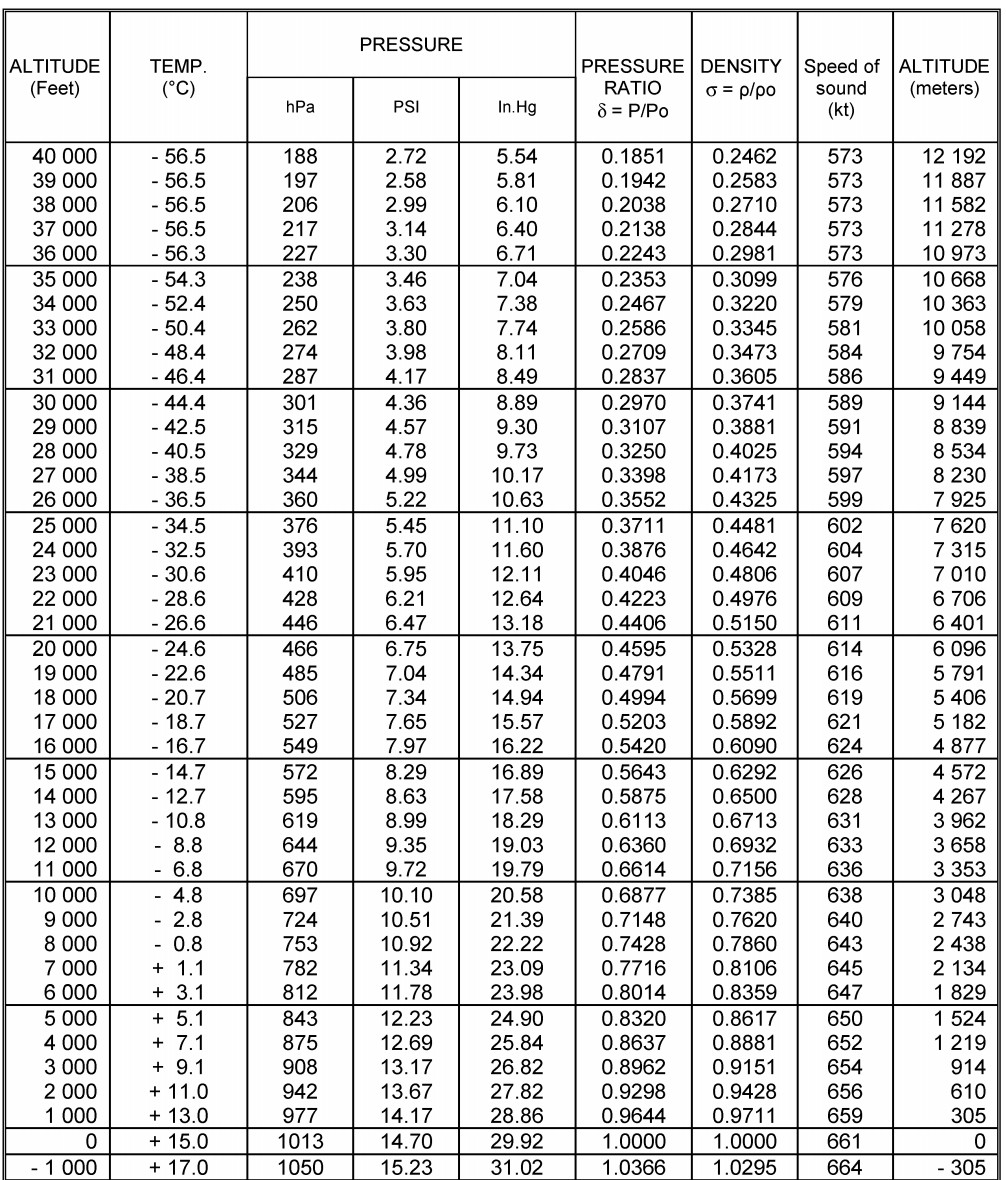Rail Dawg
Always learning!!!
Chuck,
It looks like things are coming along nicely !
What is the status of the Nose Cone ?
We need to focus on Recovery System packing & deployment . . . Any more word on possibly using a skydiving school for Main Chute deployment testing ?
Dave F.
View attachment 384457
Good questions.
May end up with a filament-wound nose cone.
If not we'll beef up the inside of the current nose cone and strengthen the tip.
Going with a 50' Rocketman Pro-Ex parachute. Fortunately Buddy Michaelson at Rocketman will be at both LDRS and BALLS this year. He has offered to assist in the deployment bag packing of the parachute and recovery system.
So things are moving right along. Getting everything into place in just 5 months from receiving the rocket parts has been quite an effort. Thankfully there are guys like Pat G, the Engineering Dept, Levi Seaton and all the contributors to this thread to thank for this smooth process.
Chuck C.
















